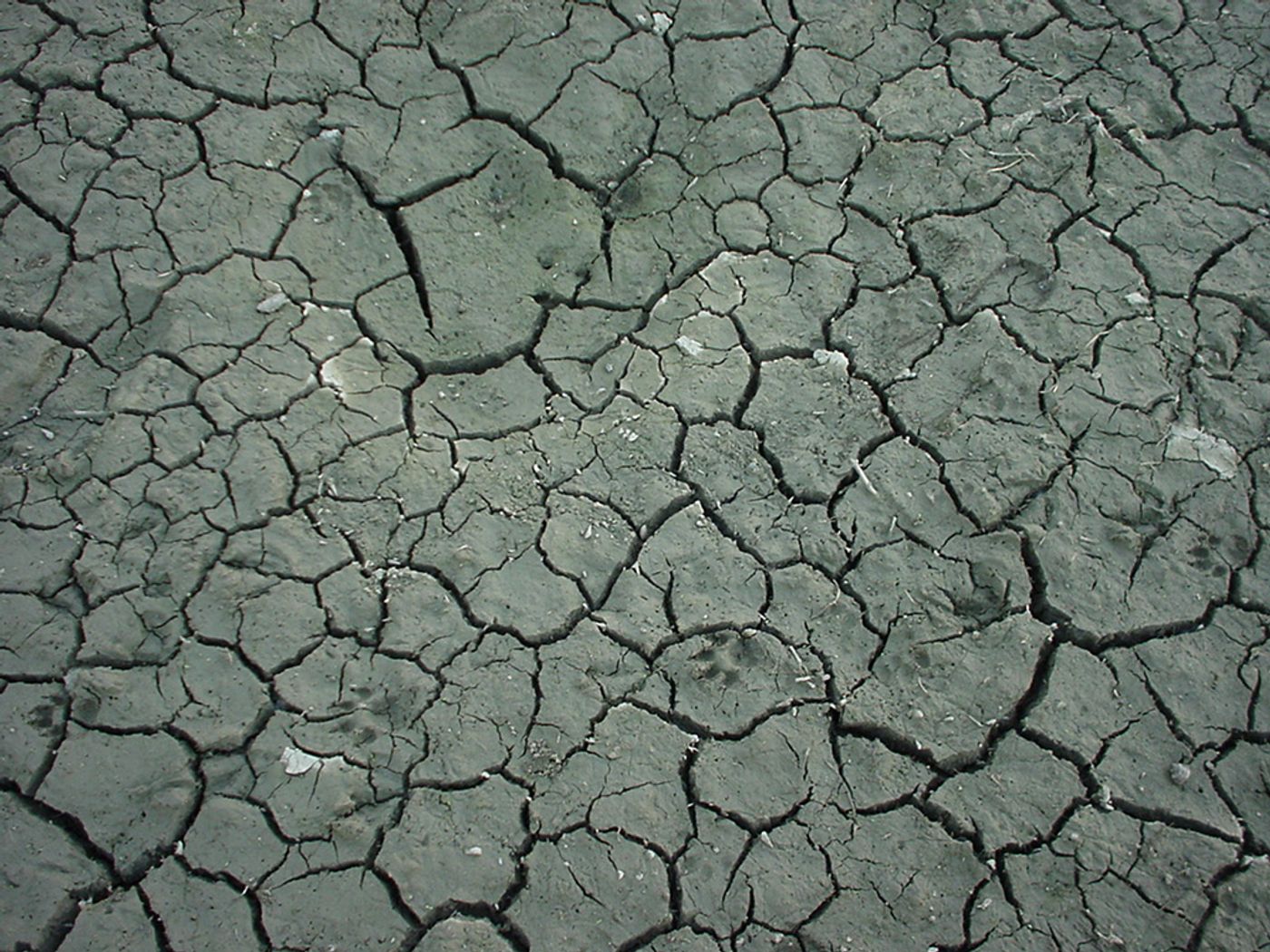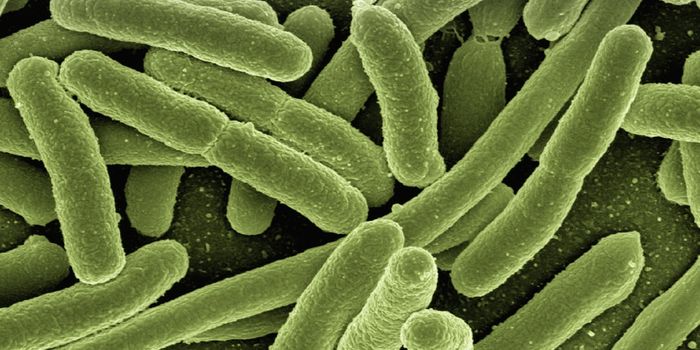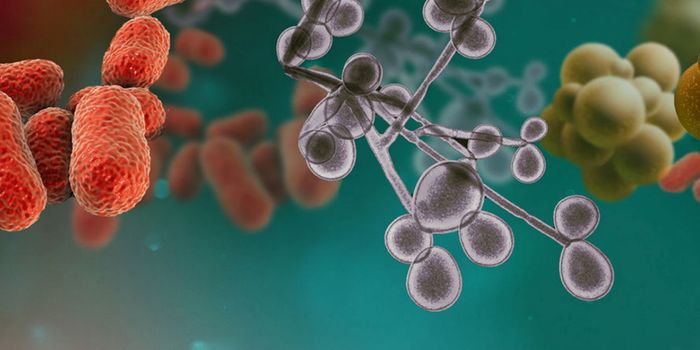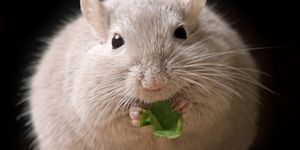University of British Columbia researchers are taking the fight to antibiotic resistant bacteria - with mud.
Well, technically it’s clay. Members of the Heiltsuk First Nation recognized the clay’s healing properties long ago. Recently, however, the clay was found to have potent antibacterial activity against resistant bacteria -
ESKAPE pathogens, to be exact.
ESKAPE pathogens include
Enterococcus faecium, Staphylococcus aureus, Klebsiella pneumoniae, Acinetobacter baumannii, Pseudomonas aeruginosa, and
Enterobacter species. These bacteria are responsible for a number of hospital-acquired infections due to their ability to “escape” treatment. According to study author Julian Davies, “infections caused by ESKAPE bacteria are essentially untreatable and contribute to increasing mortality in hospitals”.
Where antibiotics fail, the clay deposits found just north of Vancouver may prove useful against ESKAPE pathogens. The clay killed 16 strains of ESKAPE bacteria collected from local hospitals as well as from a wastewater treatment facility. What’s more, no toxic side effects have been reported - the clay is widely used for cosmetics and has been used by First Nations people to treat conditions such as colitis, arthritis, and burns.
According to Lawrence Lund, president of Kisameet Glacial Clay, “we hope [this study] will lead to the development of a novel and safe antimicrobial that can be added to the diminished arsenal for the fight against the ESKAPE pathogens and other infection-related health issues plaguing the planet”.
Sources:
Science Daily,
Medscape









